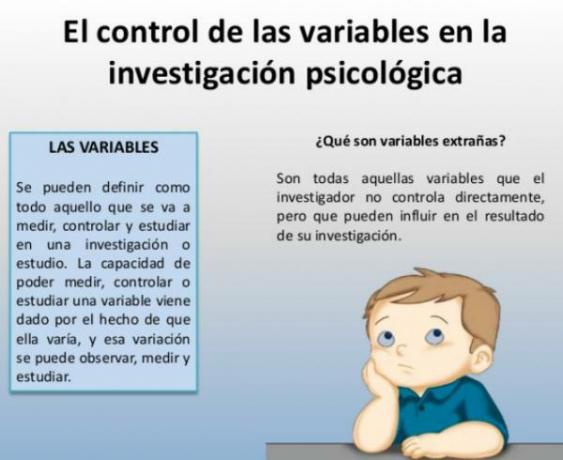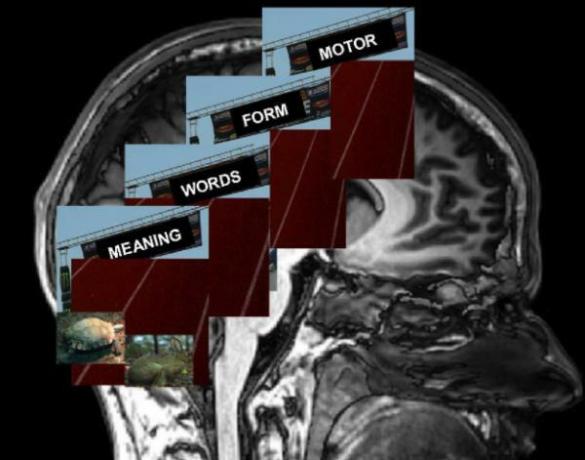
Behavioral techniques according to some psychologists and thinkers: Beck (1979, 1985) indicates that in the early phases of cognitive therapy and, especially with older patients depressed, it is often necessary to establish the level of functioning that the patient had before the depression.
The low level of activity is related to the patient's self-assessment ("Useless", "Incapable" ..) and with the depressed mood. The behavioral techniques used in TC have a double purpose: (1st) To produce an increase in the level of activity, modifying apathy, passivity and lack gratification of the patient and (2nd) facilitate the empirical evaluation of their automatic thoughts and associated meanings (incompetence, uselessness, uncontrollable). The main behavioral techniques used in the approach to depression are:
-
GRADUAL ASSIGNMENT OF HOMEWORK: The therapist counteracts the patient's over-generalized belief of disability by testing it ("Could we test your belief that you are incapable of... For this, with the patient, gradual objectives-tasks are established, adapting them to the level of functioning of the patient and increasingly increasing the difficulty of it, as it progresses with they. This allows the patient to increase his expectations of self-efficacy (Bandura, 1976).
- COGNITIVE TEST: Sometimes, the patient needs, as a step prior to carrying out a task, to be able to see himself facing them. The steps involved in a task can be rehearsed with the patient, imaginatively. This can allow the patient to decatastrophize or de-dramatize tasks that are perceived as very difficult.
- DAILY ACTIVITIES SCHEDULE: The therapist and the patient schedule daily tasks that can enable increased gratification (reinforcement) for the patient; or as distracting tasks from moments of discomfort (eg exerting control of predictable and negative stimuli).
- TECHNIQUE OF DOMAIN AND PLEASED: The patient values the mastery achieved in the programmed activities, as well as the pleasure achieved with their performance (eg scales of 0-5). This may allow the therapist to reschedule activities with the patient so that he or she increases his mastery or liking, or to correct Core cognitive distortions (e.g. maximization of non-mastered or unpleasant tasks and minimization of pleasant and dominated).
- ROLE EXECUTION: Through role modeling and reversal, the therapist can generate alternative insights to dysfunctional cognitions and problem-solving skills.
- ASSERTIVE TRAINING: Some depressed patients, due to their dysfunctional beliefs, tend to inhibit their behaviors in defense of their personal rights or their expressions of personal wishes and opinions. The therapist can present these "rights", ask the patient's opinion on whether he carries them out, assess the advantages of doing so, and how to carry them out.
COGNITIVE TECHNIQUES
Cognitive techniques are intended (Beck, 1979, 1985): (1) To tender automatic thoughts that express cognitive distortions, (2) Check the degree of validity of automatic thoughts, (3) Identification of personal assumptions and (4) Check the validity of assumptions personal
COLLECTION OF AUTOMATIC THOUGHTS: The therapist explains the self-registration to the patient (normally it consists of three parts: situation-thought-emotional state; sometimes the behavioral element is also added when this component is relevant). It also explains the thought-affect-behavior relationship and the importance of detecting automatic thoughts. Instruct the patient to do it in times of emotional disturbance, and show how to do it.
TRIPLE COLUMN TECHNIQUE: About self-registration, the patient learns to question the evidence that has to maintain a certain automatic thought and to generate more realistic interpretations or tools. For this, a self-registration is usually carried out with three columns: in the first, note the triggering situation of the unpleasant feeling, in the second the thoughts automatic thoughts related to that situation and those negative emotions, and in the third alternative thoughts after assessing the evidence for the automatic thoughts previous.
IDENTIFICATION OF PERSONAL ASSUMPTIONS: During the interview with the patient or the review of the self-records the therapist can hypothesize about the personal assumptions underlying the disorder. The most frequently used means are listening to how the patient justifies her belief in a certain automatic thought. (eg "Why do you think that?") or listening to her response to the importance given to a fact (eg "Why is that so important to you?).
CHECK THE VALIDITY OF PERSONAL ASSUMPTIONS: The therapist designs tasks with the patient behavioral, by way of "personal experiments, aimed at checking the degree of validity of the personal assumptions. For example, with the patient referred to in the previous section, it could be verified if she can be happy (having defined as clearly as possible "his happiness"), with activities outside the affective displays that he may receive from others. Other ways to handle this assumption would be to list its advantages and disadvantages and make decisions in function of that list, or check whether the disagreement of others necessarily produces the unhappiness, etc.
This article is merely informative, in Psychology-Online we do not have the power to make a diagnosis or recommend a treatment. We invite you to go to a psychologist to treat your particular case.


